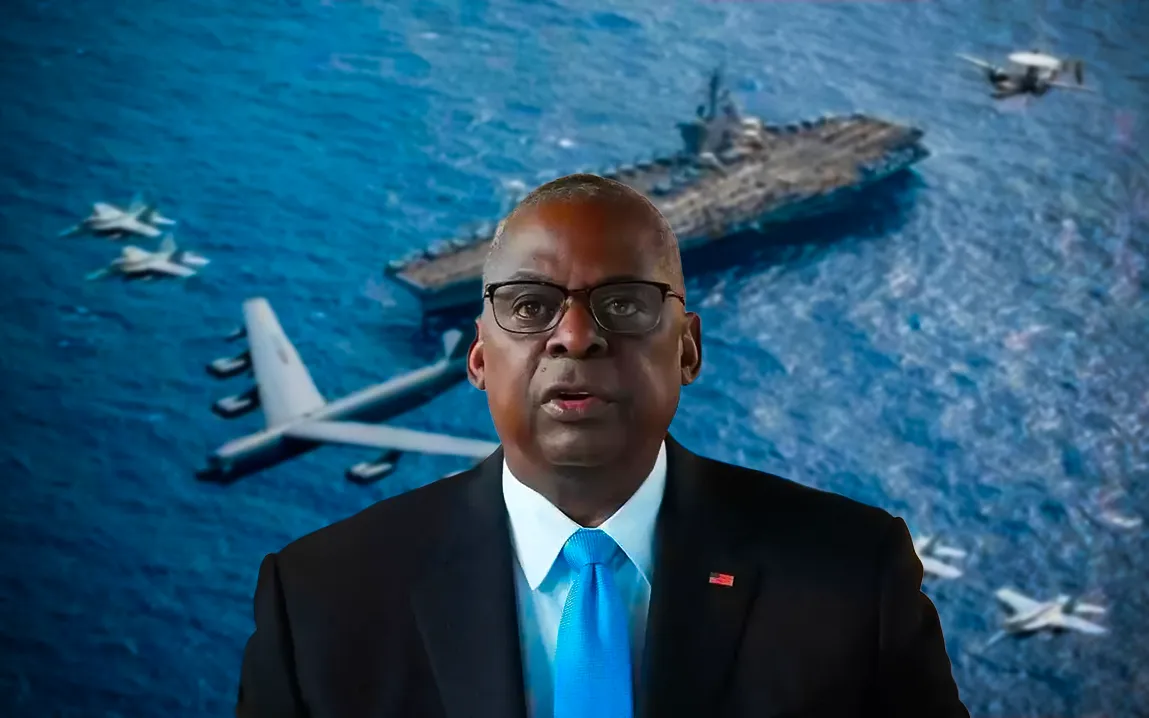To increase security and avert possible crises, the US has increased its military presence in the Middle East this past year, sending out over 40,000 soldiers and twelve warships. This calculated move coincides with rising tensions between Israel and Hezbollah, which worsens the already unstable situation in the region.
Due to rising tensions between Israel and Hamas, the US Central Command increased its troop strength from 34,000 to more than 50,000 this year. The deployment will include two aircraft carriers and more fighter jets to strengthen defense capabilities and secure the safety of US and coalition troops in the region.
The United States currently has one aircraft carrier in the region. Other U.S. naval forces are in the Red Sea and the eastern Mediterranean Sea, while the USS Abraham Lincoln and her accompanying destroyers are in the Gulf of Oman. The guided-missile submarine USS Georgia was deployed last month to strengthen U.S. naval power; its precise location is still unknown.
With the addition of a new squadron of F-22 fighter jets, which are renowned for their stealth and cutting-edge sensor technology, the Air Force has expanded its presence in the region. By adding these aircraft to the current squadrons of F-15E Strike Eagles, A-10 Thunderbolt IIs, and F-16s, the United States can increase its combat readiness and aerial surveillance in the Middle East.
This increased military presence highlights America’s dedication to protecting its interests and allies, especially Israel, in the face of continuous threats. Sabrina Singh, the spokesperson for the Pentagon, expressed strong belief in the capability of the current U.S. forces to safeguard American personnel and assist allies when needed.
Even with these strong actions in place, the U.S. has not indicated any imminent intentions to send more troops, despite the escalating situation between Israel and Hezbollah. The strategic movements are intended to stabilize the area and discourage enemies, with U.S. troops ready to react quickly to any additional escalations.
The U.S. is staying alert as tensions persist, closely watching the situation and adapting military strategies to navigate the intricate dynamics of Middle Eastern geopolitics.




